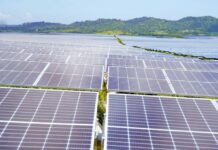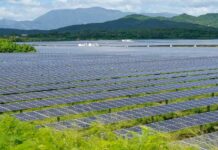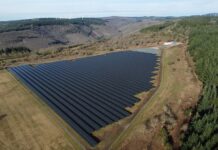Solar energy is now the cheapest way to add electricity in many markets across the globe, a new report released by Wood Mackenzie has revealed.
The cost of solar energy is expected to continue to decline and the market to expand even without the help of government subsidies and environmental initiatives, states the report.
Solar energy generation is now attractive based on price alone.
The cost of solar has dropped by 90% over the past 20 years and is projected to drop by another 15% to 25% by 2030.
Wood Mackenzie predicts that solar will become the cheapest source of new power in every US state, plus Canada, China, and 14 other nations by 2030.
Today, solar energy is already the cheapest form of new electricity generation in 16 US states, plus Spain, Italy and India. Even with the COVID-19 pandemic raging, global installations exceeded 115GW in 2020, compared to 1.5GW in 2006.
In the next decade, Wood Mackenzie expects more cost reduction to be driven by growth and development in several technologies:
Bifacial panels. New solar cell technology allows both sides of a panel to generate power – as much as 15% more.
Larger solar modules. This allows more of each panel’s surface area to generate power, leading to big gains in output.
Trackers. More solar installations include motorised systems that track the sun’s movement and change the alignment of the panels to increase energy capture.
The operating costs of solar energy projects are expected to drop over the next decade. Technologies that are already widely in use by the wind power industry, such as using drones and thermal imaging for inspections, will make the operations of solar projects to be more efficient, as will developing technologies such as artificial intelligence.
However, the continued decline is the cost of solar is expected to have a negative impact on project owners and manufacturers as wholesale prices may decline as well, reducing profitability.
Factors likely to hinder the growth of the solar market in the coming decade include investor willingness to take on market price risk, electric transmission capacity, and the development of battery technologies.
Wood Mackenzie research director Ravi Manghani said: “As the world strives to recover from the economic slump caused by the COVID-19 pandemic and simultaneously meet the climate and environmental goals of the Paris Agreement, solar is uniquely placed to advance efforts towards a low-carbon, sustainable future.
































